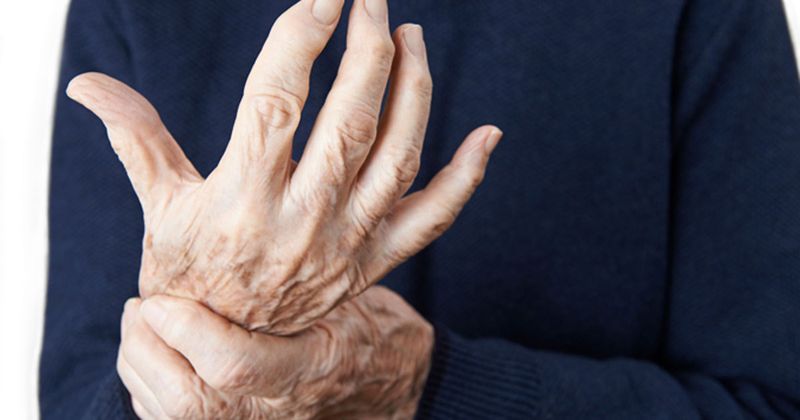Bone size, trabecular disorganization increase with osteophyte formation
Bone size and trabecular disorganization appear to increase with osteophyte formation and joint space narrowing, while volumetric bone mineral density decreases, according to data published in Arthritis Research & Therapy.
“Micro computed tomography had promise for studying bone structural change in osteoarthritis, so we decided to do a hypothesis generating study in hand OA,” Graeme Jones, MD, PhD, professor of rheumatology and epidemiology at the Menzies Research Institute, in Hobart, Australia, told Healio. “The hypothesis was that the main changes would be in bone size.”

To investigate the association between radiographic hand OA and peripheral quantitative computed tomography (CT) measures of the hand, Jones and colleagues conducted the prospective, population-based Tasmanian Older Adult Cohort study. Participants aged 50 years and older were selected by way of a random-sampling technique among residents of Southern Tasmania, Australia. Individuals were excluded from the analysis if they lived in a nursing home or had implants preventing MRI scans. In total, 1,099 adults consented to participate in the study.
Consenting participants were invited to visit the Menzies Institute for Medical Research, in Hobart, Tasmania, between March 2002 and September 2004, with follow-up visits at 2.5, 5 and 10 years. The current analysis included a total of 201 participants who were eligible for the sub-study at 10 years.
Participants underwent unilateral high-resolution peripheral quantitative CT at the second distal and proximal interphalangeal joints, the first carpometacarpal joint and the distal radius on the target hand. Digital posteroanterior radiographs of both hands were also collected. Finally, bilateral clinical hand examinations, looking for tenderness, swelling, the enlargement of hard tissue and deformity were additionally conducted.
According to the researchers, proximal osteophyte and joint space narrowing scores were consistently more strongly associated with unilateral high-resolution peripheral quantitative CT measures, compared with the distal site with positive associations for indices of bone size. Meanwhile, there were negative associations with volumetric bone density. Osteophyte and joint space narrowing scores did not appear to correlate with high-resolution peripheral quantitative computed tomography at the distal radius, the researchers wrote.
“OA mainly leads to changes in bone by increasing size but also decreases true bone mineral density and causes more disorganization in bone, and this is more marked on the distal side of the joint,” Jones said. “This suggests that preventing the increase in bone size has potential to slow hand OA.”
